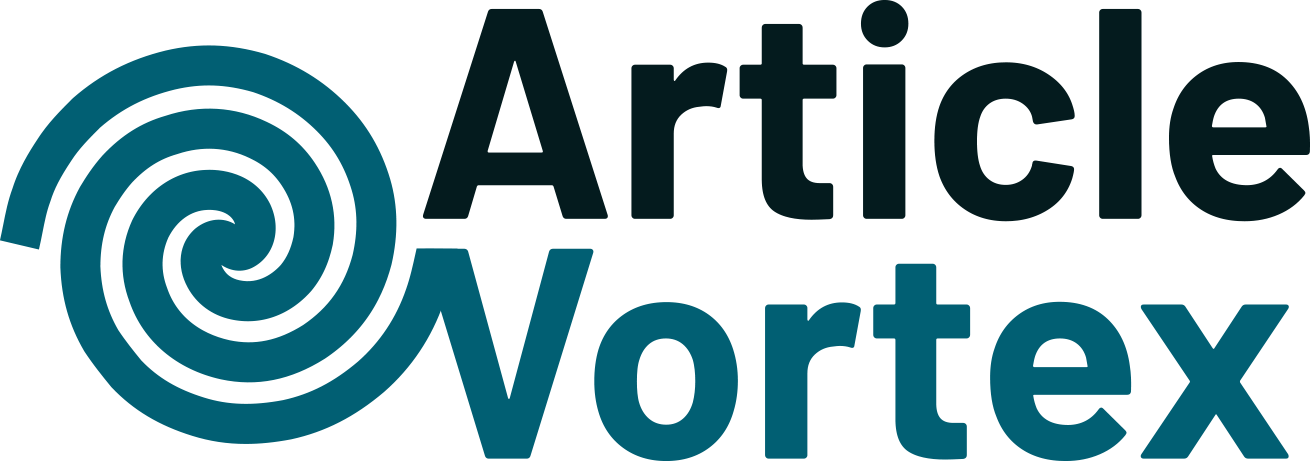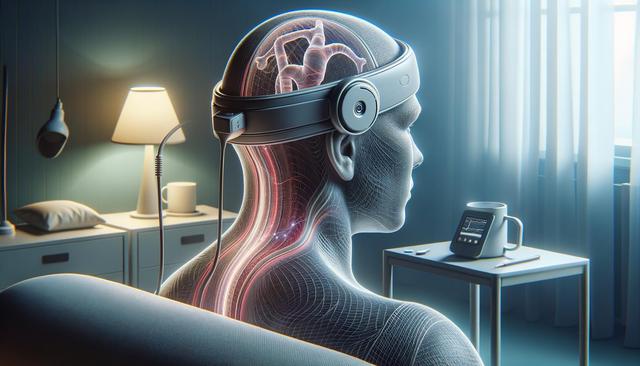Understanding Stroke Recovery Challenges
Recovering from a stroke is a complex and often lengthy process that typically involves physical therapy, occupational therapy, and consistent medical support. Patients may face challenges such as muscle weakness, partial paralysis, and difficulty with balance or coordination. Traditional rehabilitation methods, while effective to some extent, often require frequent clinic visits and can be limited by accessibility or patient mobility. This is where wearable devices can offer meaningful support by bringing therapy into the home and daily life of the patient.
Stroke survivors benefit greatly from consistent movement and exercise to retrain the brain and muscles. However, without regular guidance, patients may not perform exercises correctly or may simply forget to do them. Wearable stroke recovery devices can help bridge this gap by providing real-time feedback, tracking progress, and even encouraging compliance through reminders and gamified systems. These tools are not meant to replace professional care but to complement it by extending therapy beyond clinic walls.
How Wearable Devices Support Rehabilitation
Wearable technology in stroke rehabilitation typically includes devices such as smart gloves, wristbands, or sensor-equipped clothing. These tools are designed to monitor and support movement, evaluate progress, and sometimes assist in motion. They work by tracking metrics like range of motion, speed, and frequency of movement, which are then analyzed to provide insights to both patients and therapists.
Some features commonly integrated into wearable stroke recovery devices include:
- Motion sensors to detect and record limb movements
- Biofeedback systems to guide proper form and effort
- Mobile app connectivity for progress tracking and remote monitoring
- Haptic feedback to stimulate affected areas and encourage engagement
These capabilities allow therapists to adjust treatment plans based on data, ensuring a more personalized and effective recovery journey. Additionally, remote monitoring can reduce the need for frequent in-person visits, which is especially valuable for patients in rural areas or those with limited mobility.
Enhancing Patient Engagement and Motivation
One of the key aspects of stroke recovery is maintaining motivation, which can be difficult over long periods of rehabilitation. Wearable devices often incorporate elements that improve patient engagement, such as visual progress indicators, challenge-based goals, and reminders that encourage daily activity. These features can make the rehabilitation process feel more interactive and rewarding.
Gamification, in particular, has shown promise in encouraging users to stick with their routines. By turning exercises into achievable goals or fun challenges, patients are more likely to stay consistent. This kind of engagement is crucial, as recovery often hinges on repetition and dedication over time. Additionally, many wearables can be used discreetly in public or at home, helping patients feel more comfortable and confident during their recovery.
Technology and Therapist Collaboration
While wearable devices provide valuable data and support, their effectiveness is magnified when used in conjunction with professional care. Therapists can use the data collected by these devices to make informed decisions about treatment adjustments, assess the effectiveness of exercises, and identify areas where the patient may need additional support.
Collaboration between technology and healthcare professionals enables a more comprehensive approach to stroke rehabilitation. For example, a therapist might notice from the device data that a patient is struggling with wrist mobility. They can then tailor exercises specifically to improve this area or recommend changes in technique. This feedback loop enhances the quality of care and empowers patients to take a more active role in their recovery.
Furthermore, therapists can use wearable data to demonstrate progress, which can be highly motivating for patients. Seeing tangible improvements over time, even small ones, can reinforce the importance of continued effort and adherence to the rehabilitation plan.
Considerations for Choosing a Stroke Recovery Device
When selecting a wearable device for stroke recovery, it’s important to consider individual needs, goals, and the stage of recovery. Not all devices are suitable for every patient, and a consultation with a healthcare provider is often recommended before beginning use.
Factors to consider include:
- Ease of use and comfort for daily wear
- Compatibility with existing therapy protocols
- Data privacy and the ability to share information securely with healthcare providers
- Battery life and device durability
Some devices may also offer additional features such as voice commands, adaptive feedback, or integration with other health monitoring tools. It is also worth considering the level of support provided by the manufacturer, such as technical assistance or training materials for users and caregivers. Ultimately, the right device can significantly enhance the rehabilitation experience, but it should align with the patient’s lifestyle and therapeutic goals.
Conclusion: Empowering Recovery Through Innovation
Wearable stroke recovery devices represent a promising advancement in rehabilitation technology. By providing continuous monitoring, personalized feedback, and motivational tools, they enable more flexible and engaging recovery experiences for patients. These devices do not replace the need for professional therapy but serve as valuable companions that extend care beyond the clinical setting.
As the technology continues to evolve, the integration of wearables into stroke recovery plans is likely to become more common. For patients and caregivers, exploring these options can lead to more informed, proactive participation in the healing process. Whether used at home or in conjunction with therapy sessions, wearable devices have the potential to make stroke recovery more effective, accessible, and empowering.












